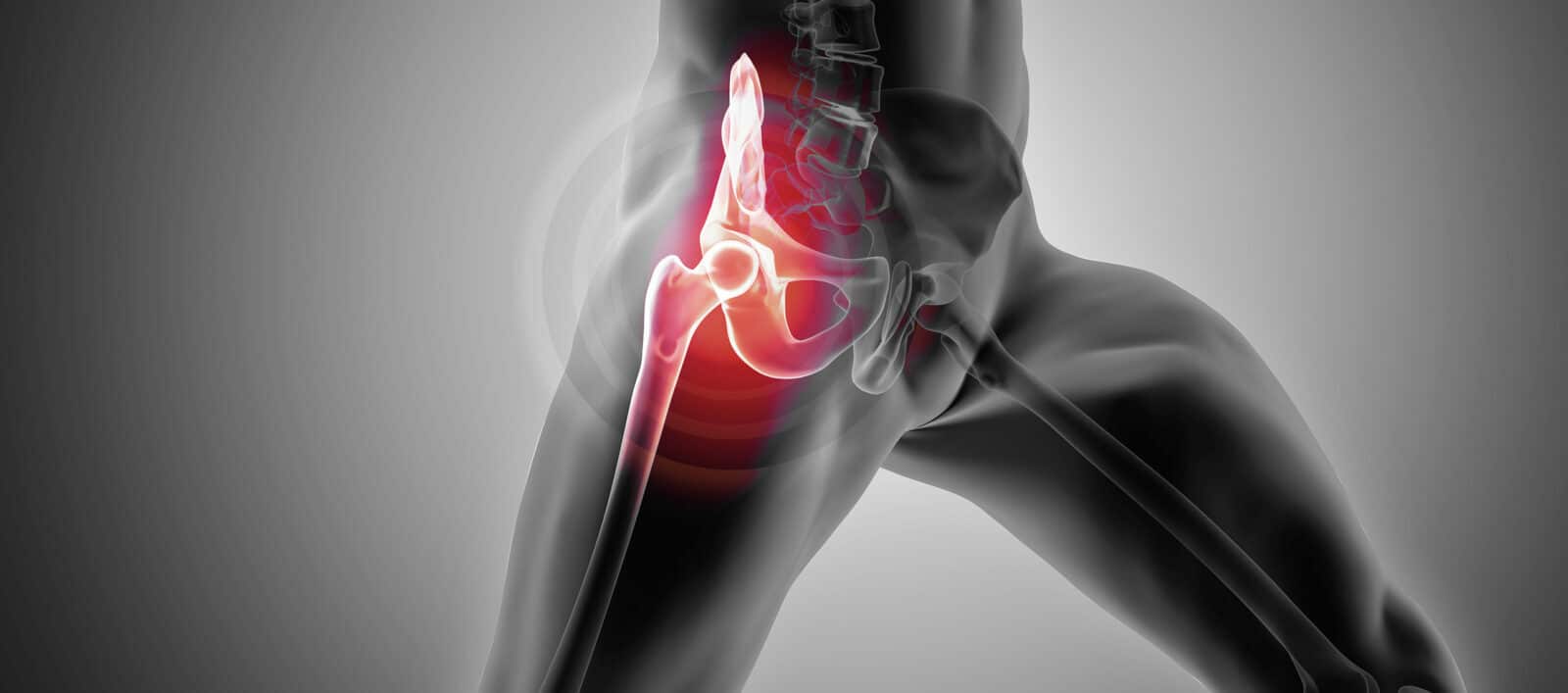From the first hip implant to the gold standard, the Charnley implant
In 1941, Mac Kee invented the first metal-on-metal total hip implant and the first replacement was carried out in 1951. This solution was used for many years, but the fixation of the parts in the bone remained very unstable. Numerous placements failed as the implants came loose…
This loosening was first thought to be due to the metal parts rubbing against each other. Charnley spent his entire career searching for solutions to this problem of friction; he revolutionized the world of hip replacements. In 1962, he devised the first modern total hip implant with tried and tested materials: a socket made of high-density polyethylene and a femoral part made of solid stainless steel. These components were fixed using acrylic cement. From then on, total hip implants were cemented, and this process is still used today.
It is only in 1974 that we understood that the loosening was due to the body’s reaction, which, very sensitive to the debris caused by the wear, activates macrophages to eliminate the foreign bodies. The problem is that they attack the surrounding bone at the same time thus resulting in the implant loosening!
The 2000s, the standardisation of total hip replacements
Despite this decisive progress, problems with loosening are observed after about fifteen years. We are now in the XXIst century and demands have changed. It is no longer tolerated to suffer from hip problems that we now know how to replace if necessary. We must be able to perform total hip replacements on younger patients, so the lifespan of the implants must be as long as possible. New materials, shapes and surfaces are regularly tested against the gold standard, the Charnley implant.
Among these new materials is ceramic. Its superior biocompatibility and much lower rate of wear in relation to other materials makes this material very attractive, particularly for total hip replacements in young and/or active subjects.
Total hip replacement is today a very common operation that is constantly improving. Over a million people have undergone a total hip replacement and 80% are satisfied. The overall impact on public health is undeniable: the return to active life is optimized, the rate of disability significantly reduced, and pensioners are no longer deprived of an activity essential to their well-being.

